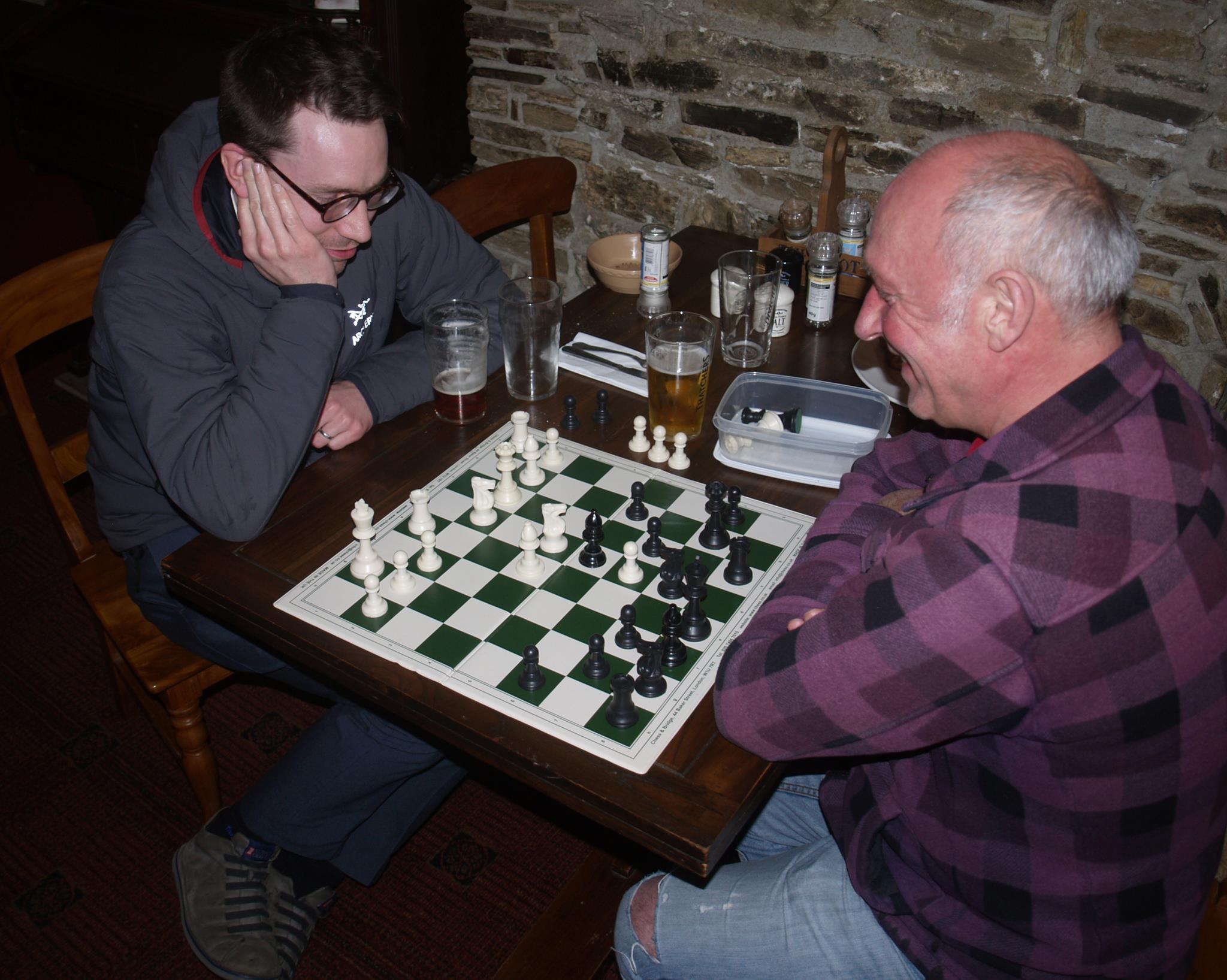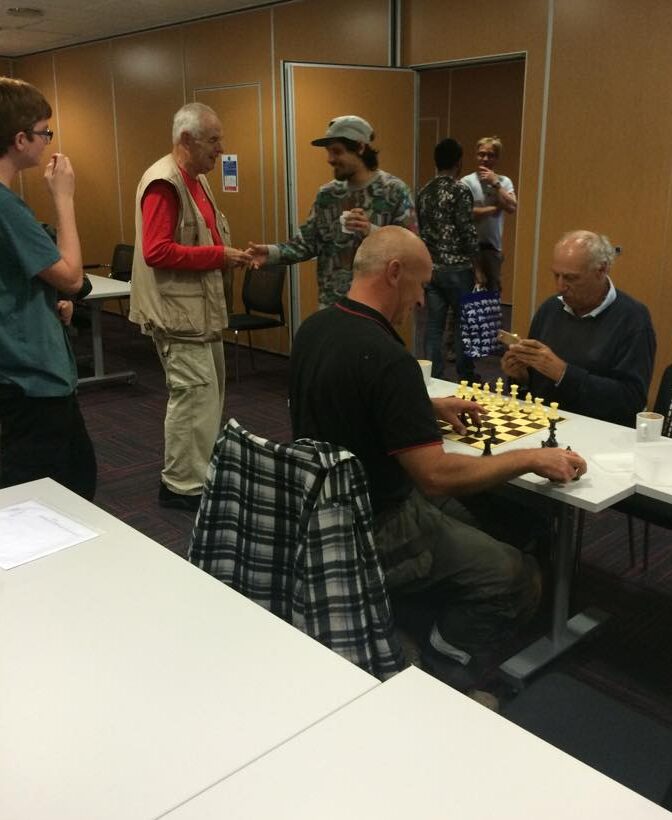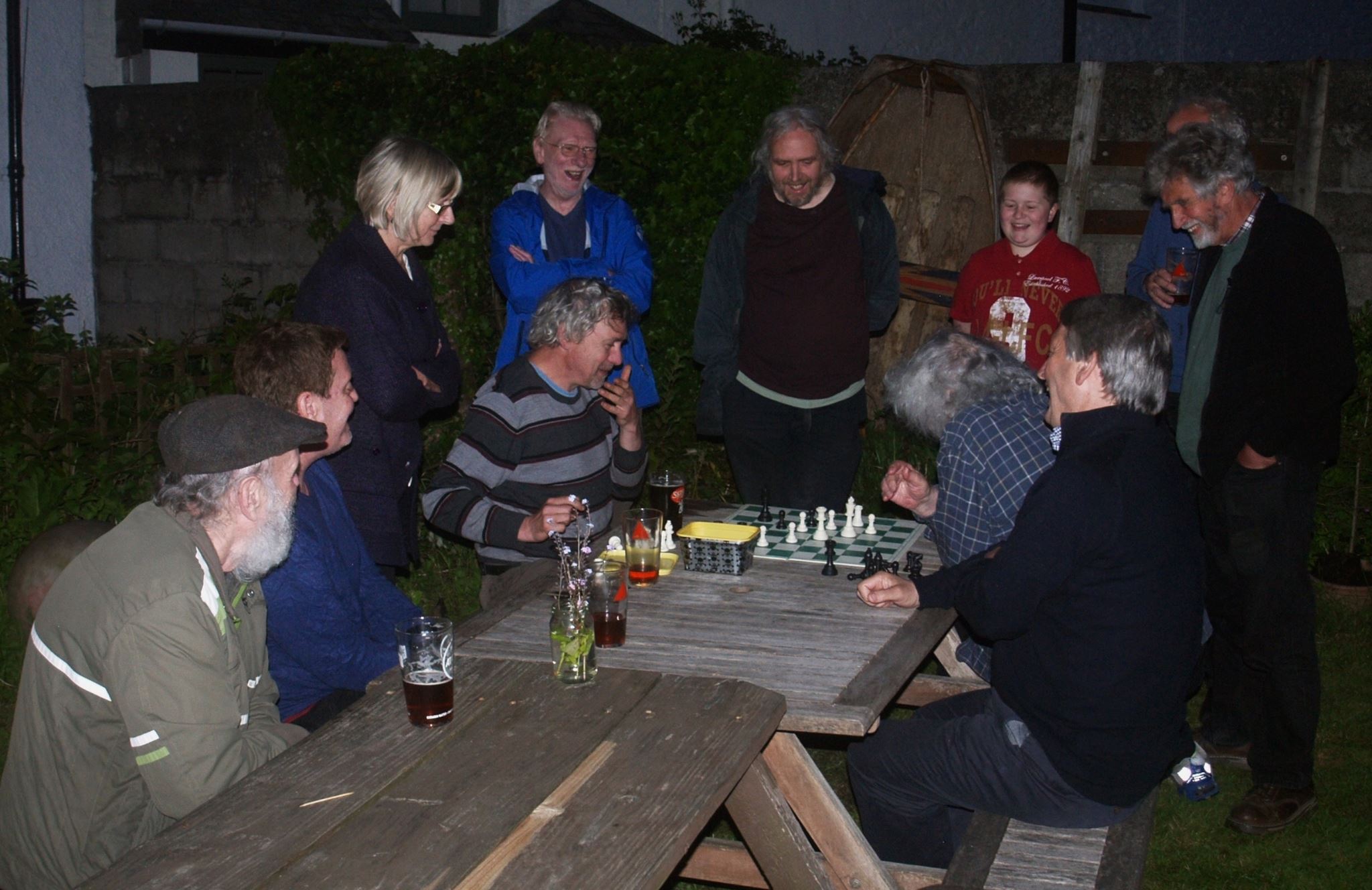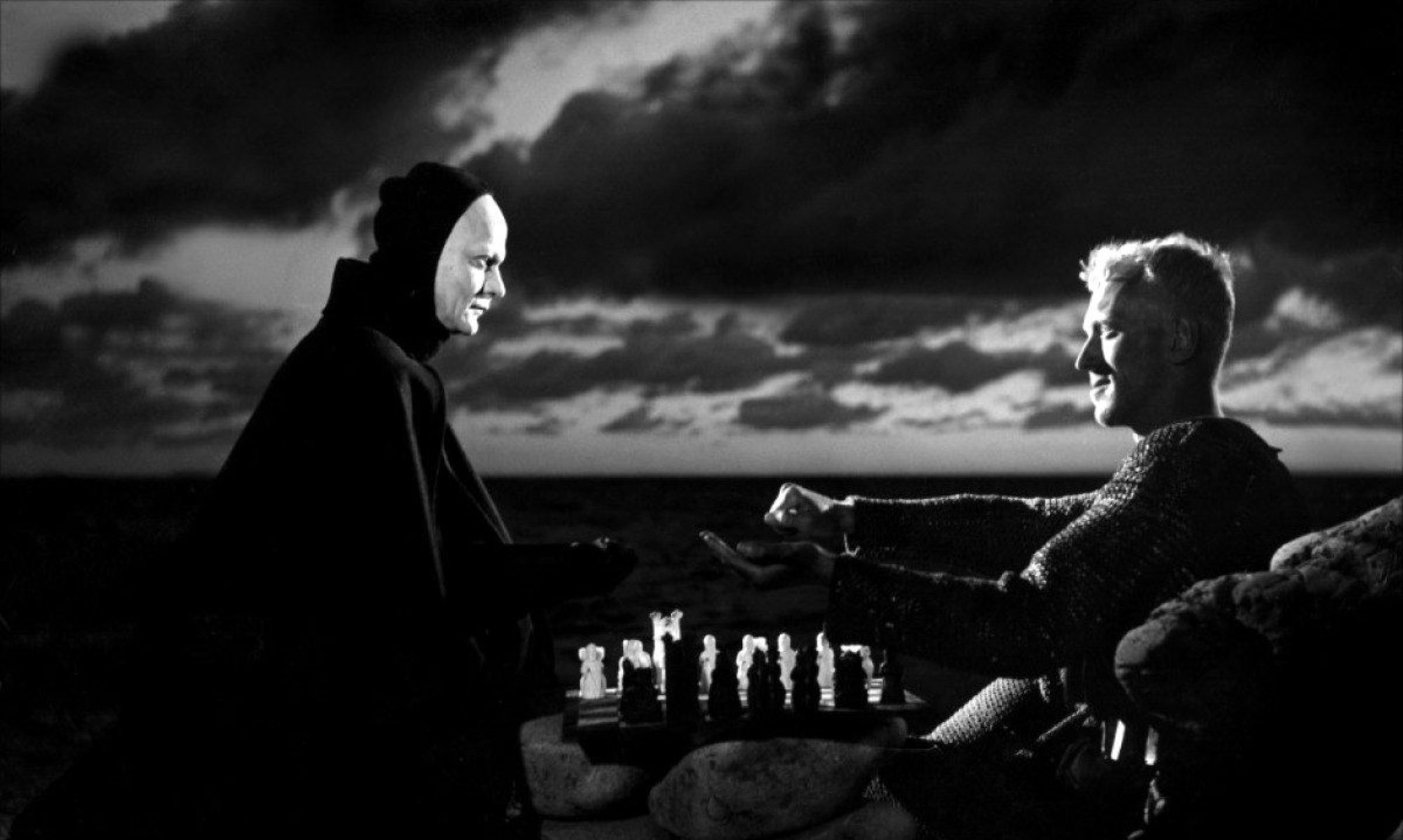The Gallery is a collection of images all of which have direct or puzzlingly tenuous links with my novel Spurious Games. It is in three sections, each of which prioritises a particular agenda although some degree of overlap is unavoidable. The overall purpose, unashamedly, is to make it more likely that you will purchase and read the novel itself, but hopefully it will be found of passing interest anyway.
PLACES
This section supports the claim that Spurious Games has a strong sense of location, with the action taking place in a number of recognisable Cornish settings as well as entertaining side excursions into darkest West Wales and the Cybernetic Serendipity 2 exhibition in London. The actions in the novel have an ambiguous relationship with the settings, at times in accordance and at times disruptive. For example, the Harbour Fish and Grill restaurant overlooking Newquay Harbour is the locale for a quasi-romantic encounter while the equally stunning, if wilder, Bedruthan Steps hosts a particularly ingenious murder.


Some of the locations are all but incidental to the complexities of the plot, although grounding the action geographically, but others have a symbolic significance. It would be folly to anticipate eventual Spurious Games excursions to match the Poldark tour of Cornish beauty spots, but if they were to occur, they would take in a number of iconic locations like the Bodinnick/Fowey car ferry, the tall ships in Charlestown’s Napoleonic harbour, and the delightful south coast village of Mevagissey, where in the novel significant planning and plotting tales place in the Smugglers’ Bar of the Fountain Inn.
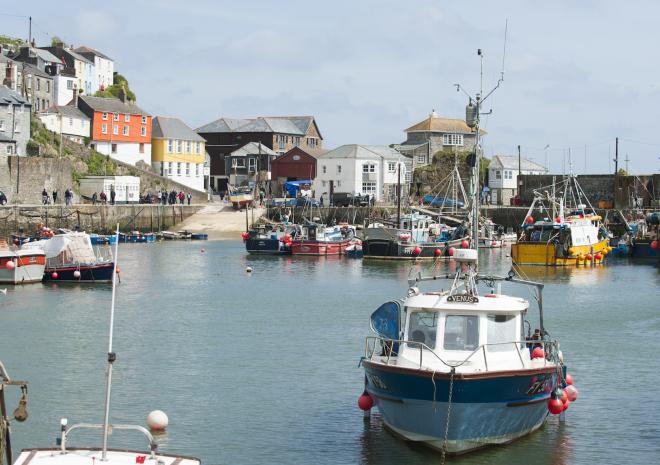
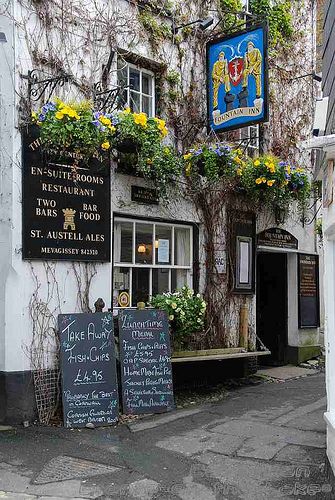
Child and dog-friendly village pubs are the life and soul of Cornwall, often acting a libraries and community centres, hosting Morris dancers and musical evenings, many doubling as home venues for the county’s chess clubs. When the baffled detectives in Spurious Games travel to West Wales to meet an academic expert in forensic profiling, they find it similarly endowed.

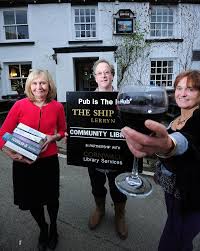


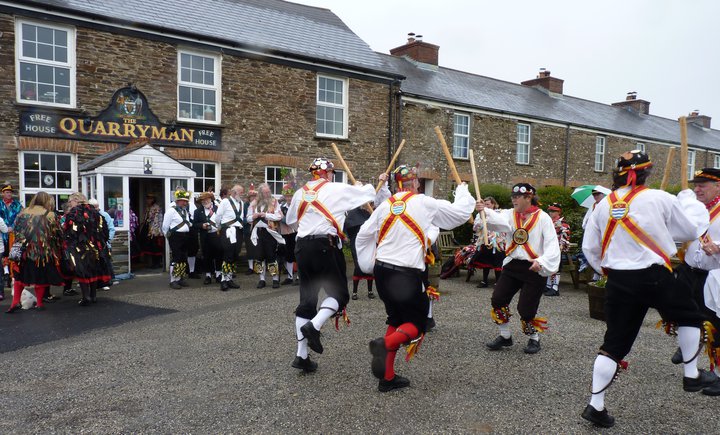


But all is not sweetness and light, and as befits a murder mystery set in Cornwall, a darker side lurks just below the surface. In the world outside of fiction, Bodmin Jail has been reinventing itself, its grim past turned into a tourist attraction offering paranormal ghost walks whilst at the same time objectifying the tragic history of child killer Selina Wedge who was executed there in 1900. The novel collapses these two schemas into one, with Selina’s spirit playing a key role in the plot. Equally, Spurious Games envisages a disruption of local cultural norms when a disused and derelict Baptist chapel is turned into a dubious gentlemen’s club and those protesting the exploitation of vulnerable women get caught up in the machinations of a serial killer calling himself the Turk who is running amok in the cloistered world of Cornish chess. To make matters worse, Superintendent Polgooth’s attempt at covert surveillance at the club goes badly wrong.
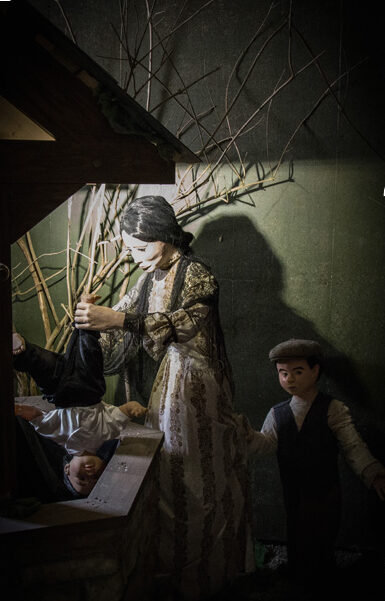
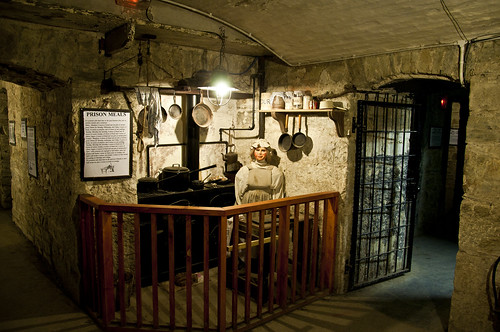
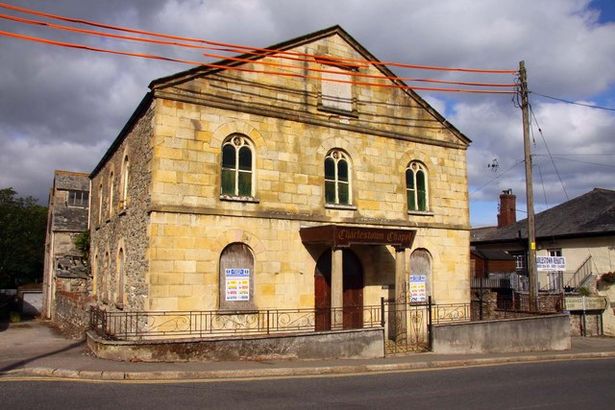
THEMES
This second section of the Gallery echoes obliquely some of the themes that underpin Spurious Games, although somewhat enigmatically given the need to avoid ‘spoiling’ the plot,
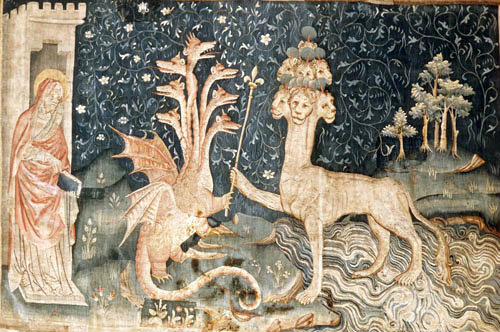
The novel’s back cover, a cropped image from the image above, will hopefully intrigue the reader with its depiction. How relevant to Spurious Games could the Angers Tapisserie de L’Apocalypse possibly be? But there lurks inside the novel’s conventional murder mystery with its baffled detectives, complex blind alleys and clues offered by a criminal master mind intent of goading the police, a satirical schachnovelle with multiple targets.
Spurious Games is essentially a literary novel of ideas, in effect an extended riff on authenticity, with many significant more-than-incidental side alleys. As the back cover puts it, ‘In a style that is wry, playful and elusive, the novel ranges widely across pop culture, magic shows and fortune telling, cyber espionage, pro-sex feminism, doppelgangers, the inanities of New Age spirituality, and whether the game of chess constitutes a mental health hazard.’
ThIs section showcases the images and works back towards the themes. There is no attempt at a coherent road map, more a set of suggested reference points, the relevance of which may be open to question and can only ultimately be decided by the readers. The images are presented in clusters, occasionally with ironic intent.
The Two Bridges Hotel, Dartmoor, with Rolls Royce and resident geese

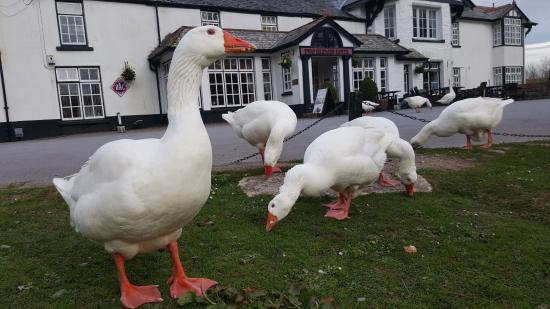
Ecological psychology suggests that behaviours and settings are mutually constitutive, certainly for humans and possibly for geese. One of the many opportunities taken by the novel for social commentary.
Tavistock Goose Fair
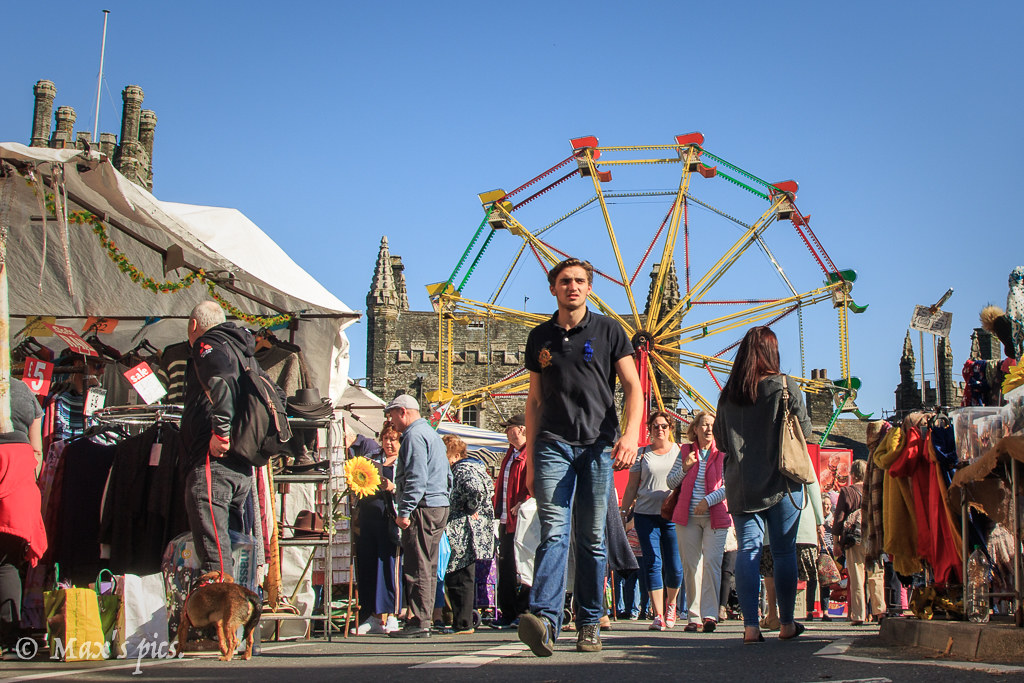
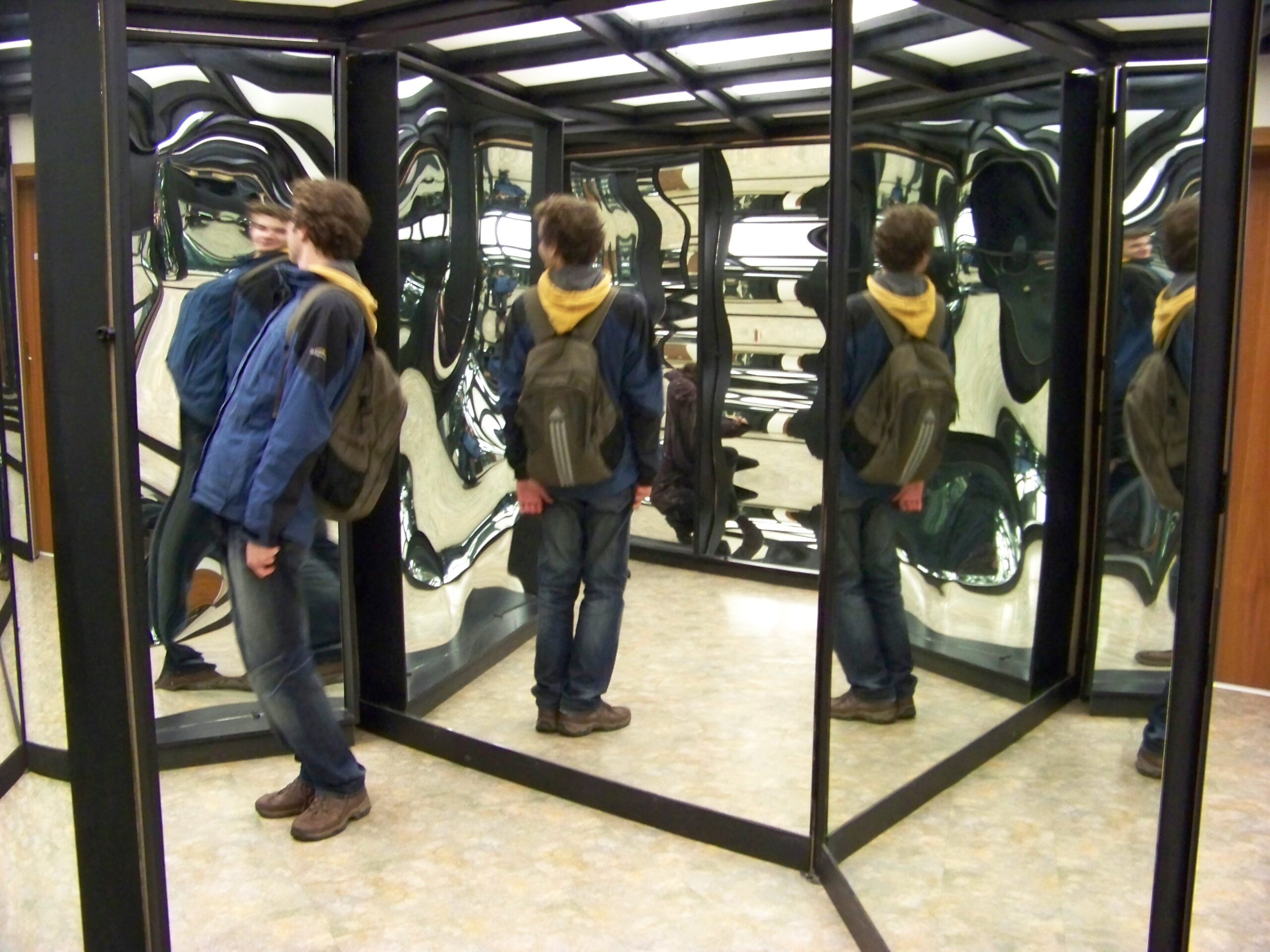
Symbolically as well as literally crucial to the plot, an unusual event in a hall of mirrors completely baffles a magician. Mirrors in fiction often give access to other worlds, but they have strange enough qualities anyway. Why don’t mirrors reverse symmetry in the horizonal as well as the vertical plane so that we see ourselves upside down? Can we trust our perceptions/intuitions either in life or in fiction? Why are there so few geese at a goose fair?
Games and Game Changers
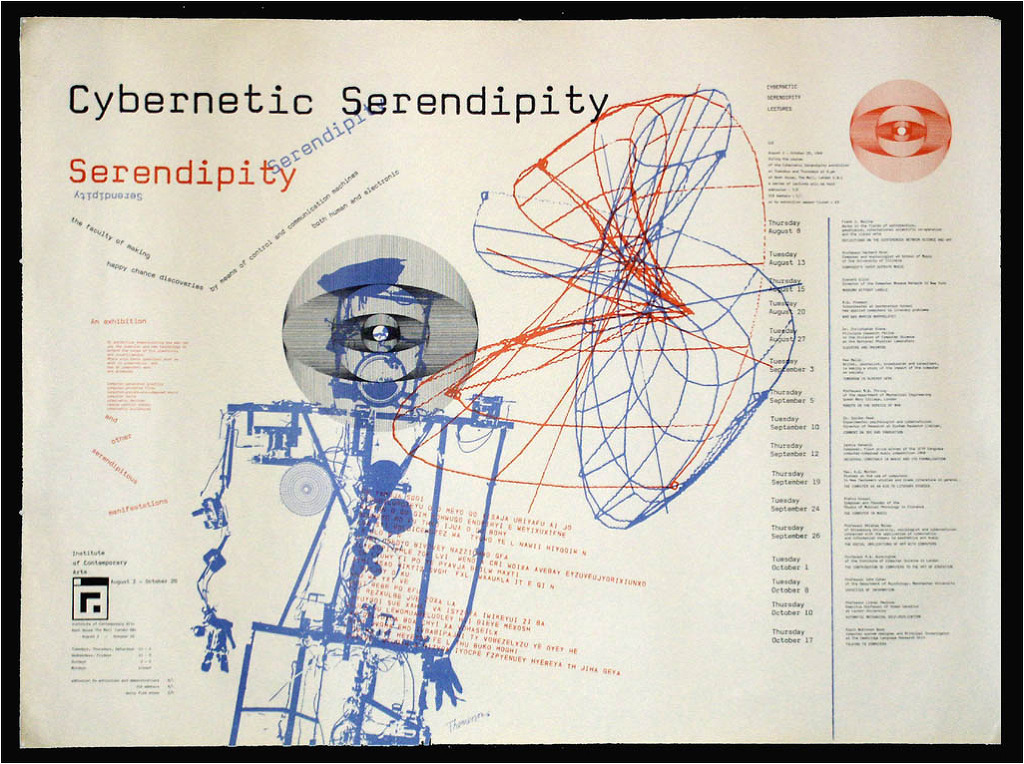
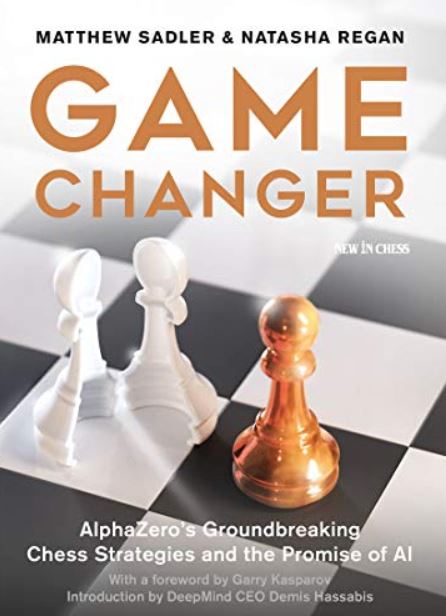
AI and Robotics: Sex and the Citizen
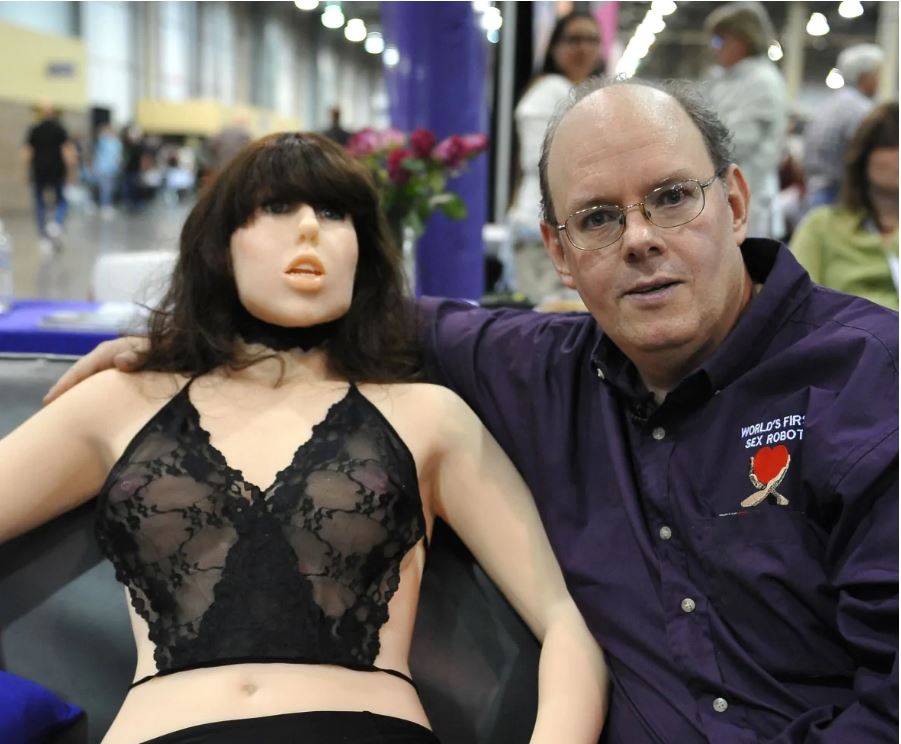
Bruce Lacey’s Rosa Bosom
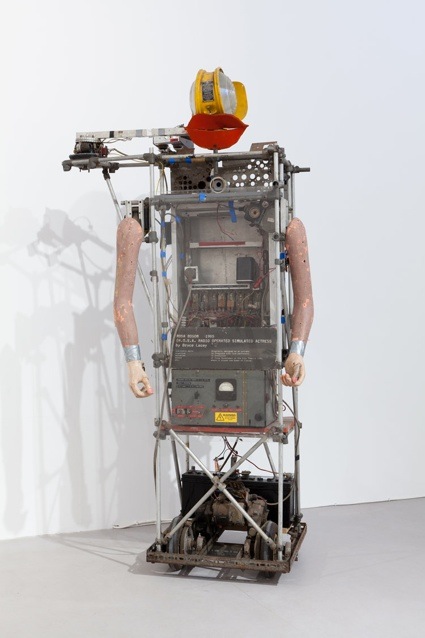
Back at the time of the 1968 Cybernetic Serendipity exhibition, computer chess was in its infancy and not sufficiently an art form to be invited, although Bruce Lacey’s Rosa Bosom easily made the cut. Things have changed. The self-taught computer program Alfa Zero ‘thinks’ in a way we are tempted to call ‘imaginative’, a human quality not shared by the so-called ‘sex dolls’, where the quality of ‘imagination’ is entirely confined to their human ‘partners’. Should thinking robots be given more executive power because they are smarter than us, or do they represent an existential threat?
Von Kempelen’s Turk, allegedly a chess playing automaton, but really a beautifully engineered fraud

Power dressing
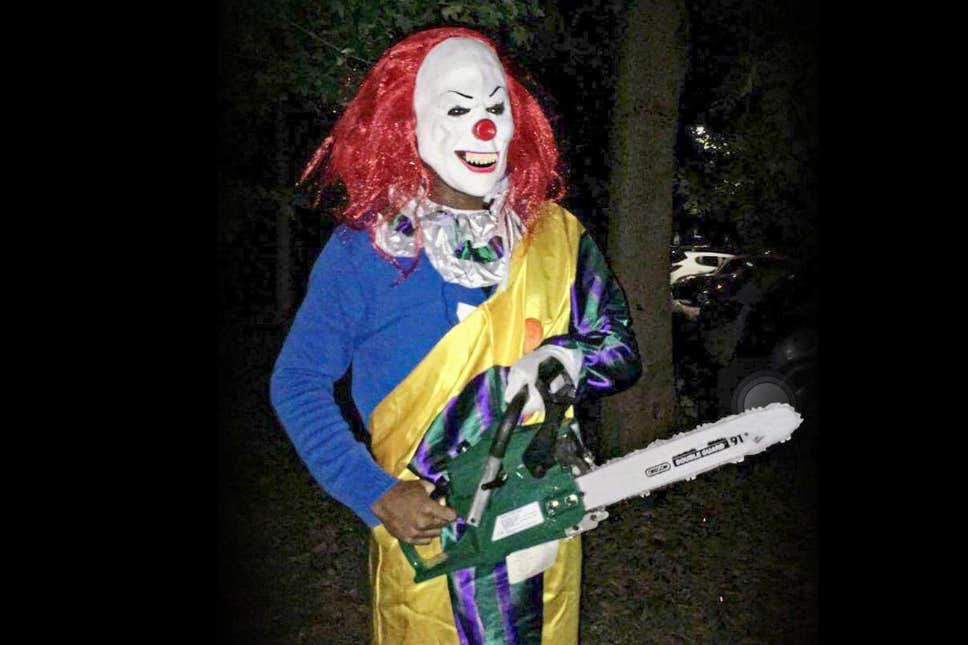

As Gerard Manley Hopkins asks, ‘To what serves mortal beauty, dangerous?’ The oxymoron ‘killer clown’ suggests a split personality disorder that could go either way, a point reinforced sartorially.
Joseph Prince, a financially successful evangelist in the aptly named ‘prosperity gospel’ tradition, is less ambiguous dress-wise, but what is a preacher doing preening around as a male fashion icon? Consider the lilies (Matthew, Chapter 6, Verse 28). By way of contrast, John the Baptist wore a rough animal pelt.
But for the kit they could be doppelgangers. Meet them both in the novel.
Tapping into the rich history of chess
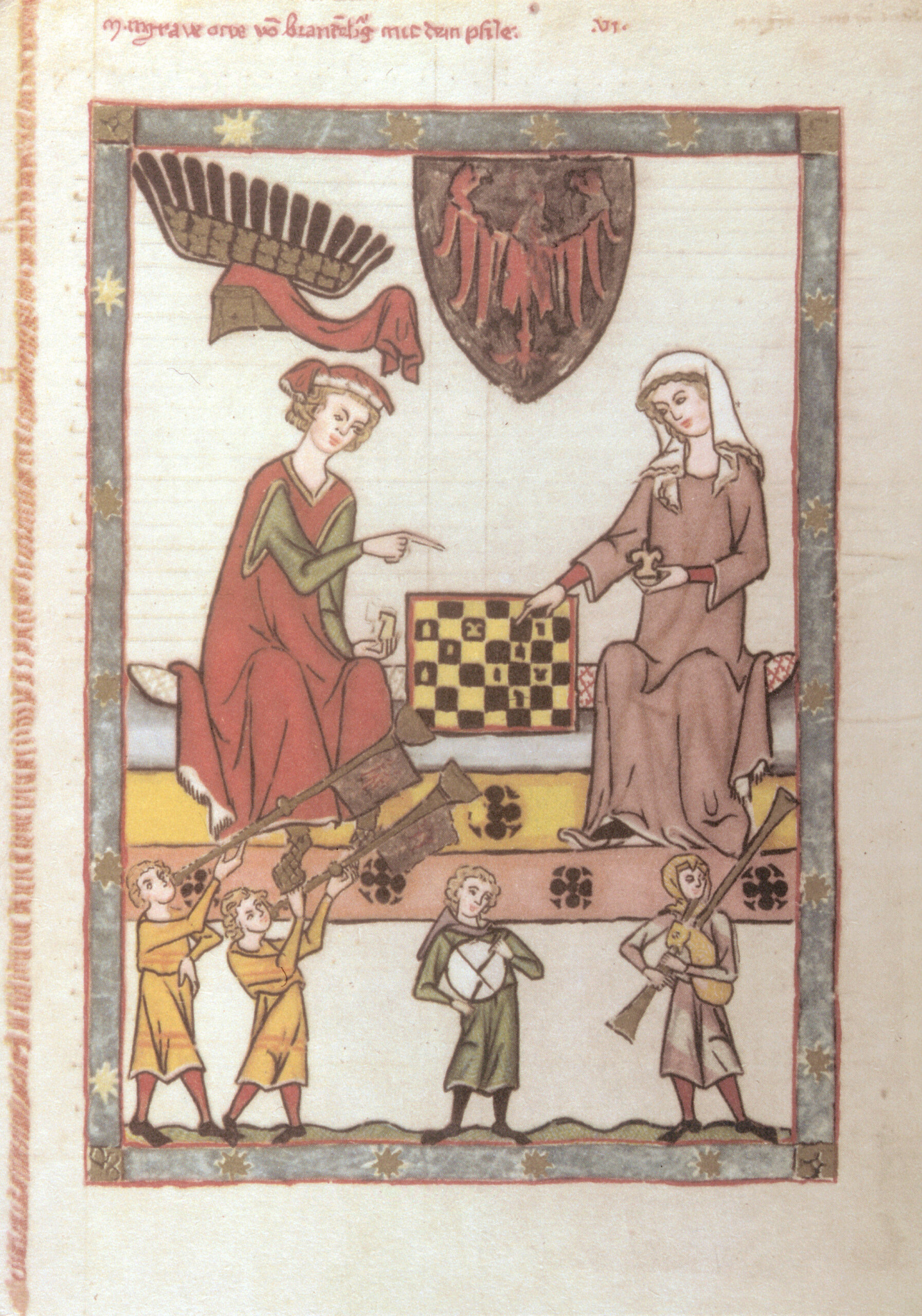
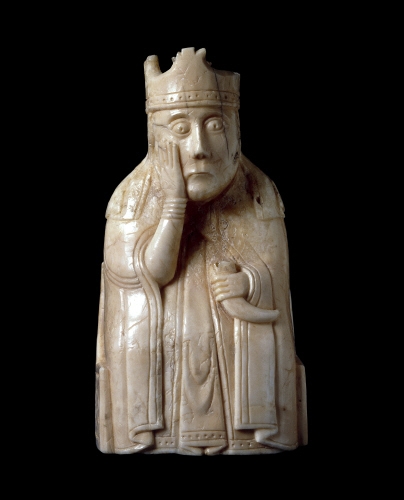
Available to any writer contemplating a chess-themed novel is that the game itself has a rich history that can be tapped into. Despite its origins in military planning, chess has been interpreted symbolically in a variety of ways throughout its cultural history, from an allegory of courtly love in medieval England to what has seemed at times an occasion for macho gambling among the nobles in the Orient, with wives at stake and the atmosphere at times not unlike that of the boudoir.
Also, the material culture of chess as an ‘aristocratic’ game has wonderously reflected the value in which the game has been held historically, not least the exquisite Lewis chess pieces.
Different drummers (or not singing from the same hymn sheet)
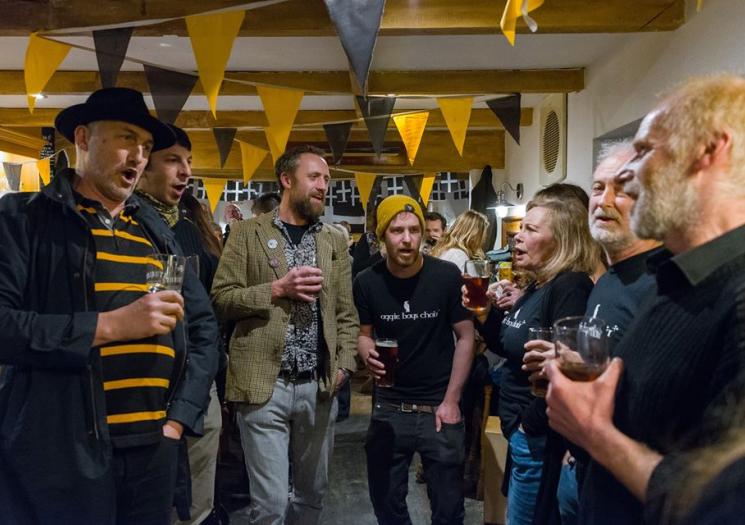

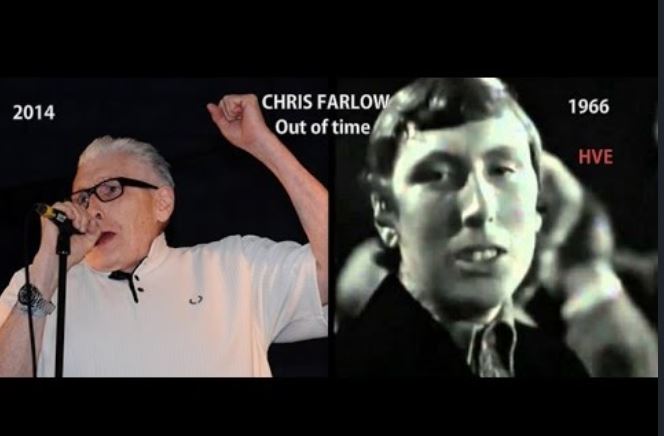
St Piran is the patron saint of Cornwall, famous for his lost church in the sand. St Piran’s day is widely celebrated often in pubs with informal local music like sea shanties.
Blurred Lines, suggestively depicting Robin Thicke cavorting with a bevy of near naked women, was widely derided for its suggestion, reflected in the title, that seemingly non-compliant or reluctant women really ‘want it’. This was interpreted, not unreasonably, as implicitly supportive of date rape. Meet Robin in the novel.
Siding with the moralists can at times feel an uncomfortable position:
Thou rascal beadle, hold thy bloody hand!
Why dost thou lash that whore? Strip thine own back;
Thou hotly lust’st to use her in that kind
For which thou whipp’st her. (King Lear Act 4 Scene 6)
At what turns out to be a pivotal moment in the plot, Spurious Games features a Chris Farlowe Tribute Band which performs at the Eliot House Hotel, Liskeard. The lead singer’s introduction interprets Farlowe’s 1968 number one hit ‘Out of Time’ in a chess context, incidentally foreshadowing an unexpected event. But where will the flag fall?
Palm readers and tarot packs: the world of the clairvoyante
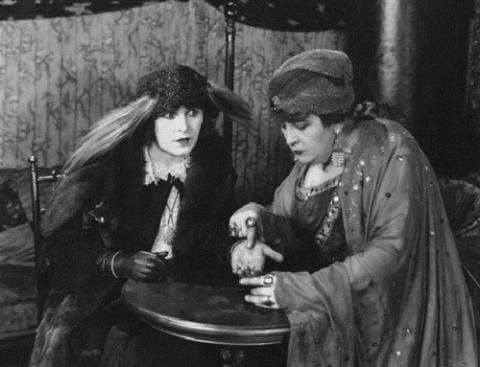
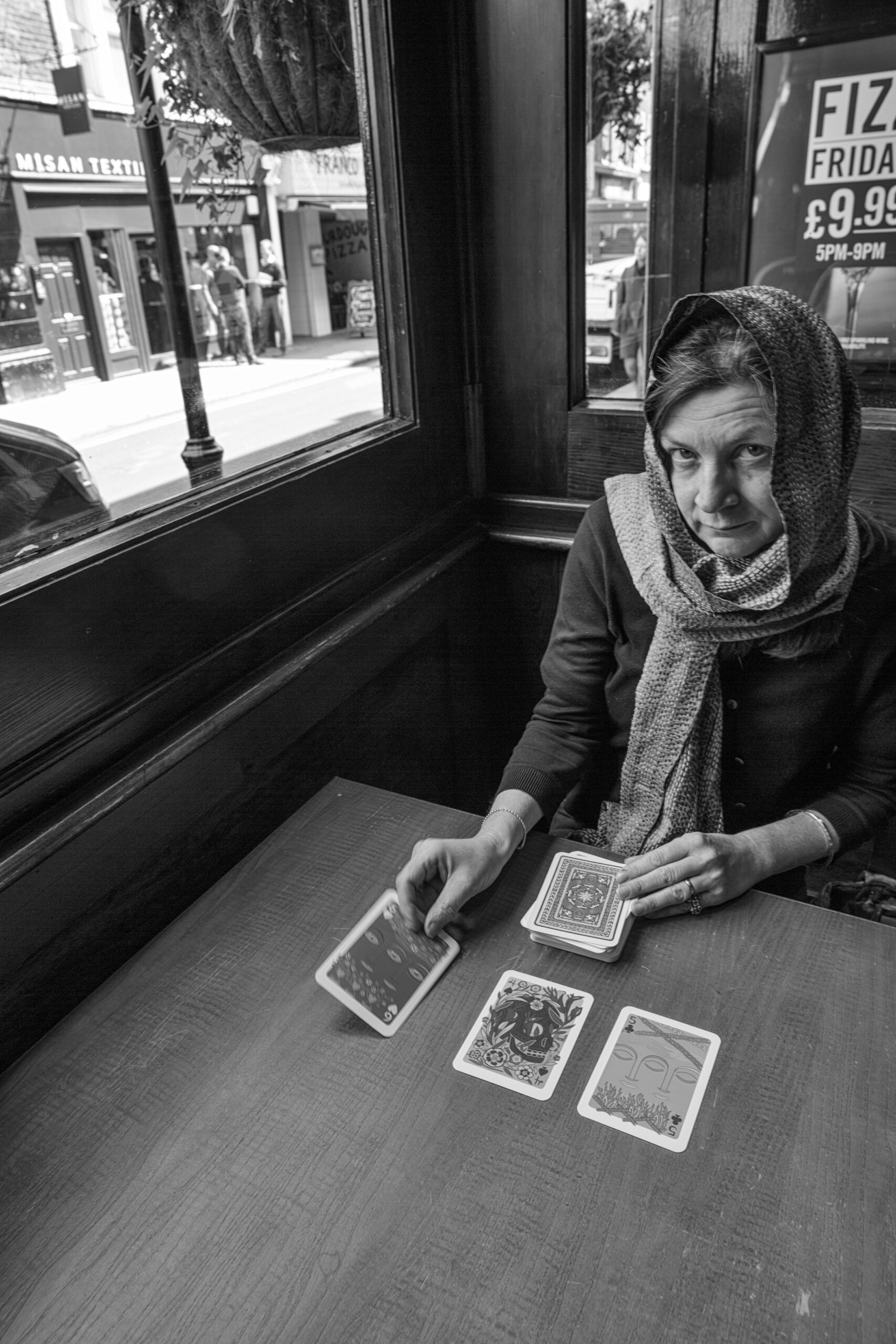
Spirit manifestations in New England
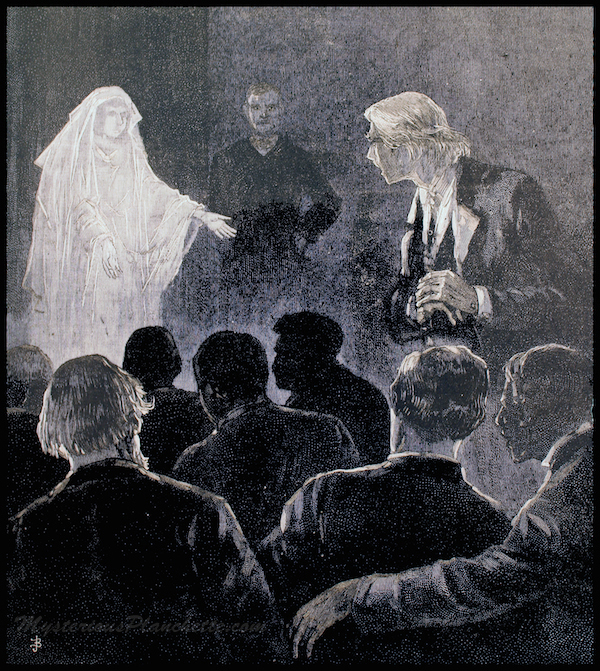
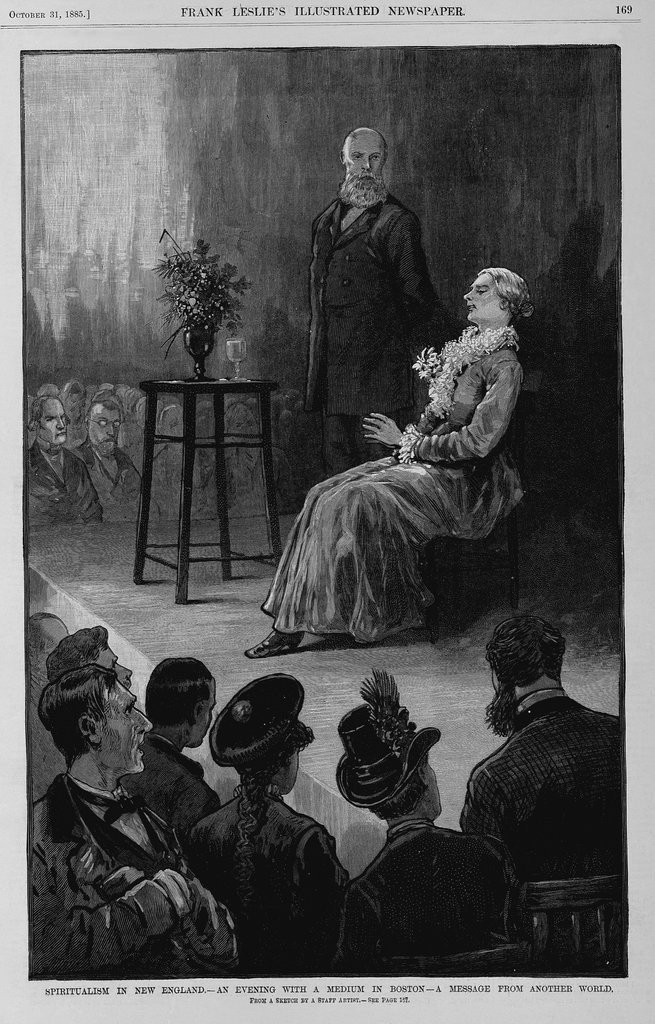
In Spurious Games a medium calling herself Entrails is invited to give evidence before a GCHQ backed government committee, following a warning of a global calamity that links the serial killer known as the Cornwall Chess Skewer to a preposterous New Age cult religion calling itself the Intergalactic University of Melchizedek. Why is the past knowable but conventionally not the future? Where are the tourists from the future? Are we alone?
The book and the film: Carl Sagan’s Contact
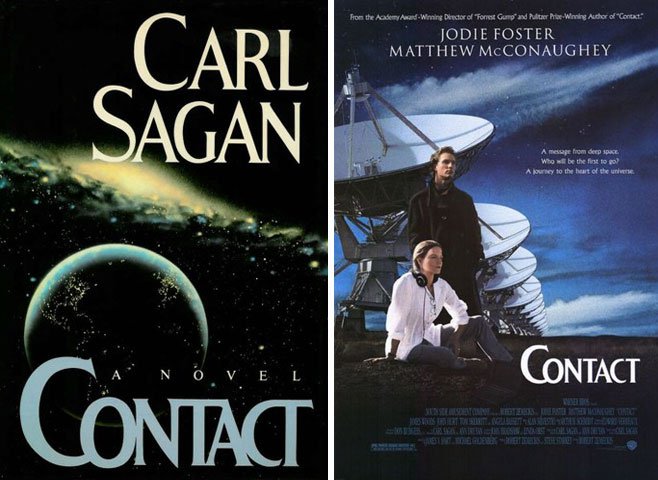
One interesting question faced with palpable nonsense is why is intelligence an inadequate defence in what Carl Sagan calls our ‘demon-haunted world’. In the film of Contact, a wild-looking New Age preacher, memorably played by Jake Busey, claims space exploration to be illicit since Heaven belongs to God not man.
The spirit photograph from Frank Leslie’s Illustrated Newspaper of May 1988 depicts a medium ‘materialising’ a spirit in Boston, Massachusetts. Religious experience or palpable fraud, it was by no means an isolated incident.
Don’t know where, don’t know when, but we will meet
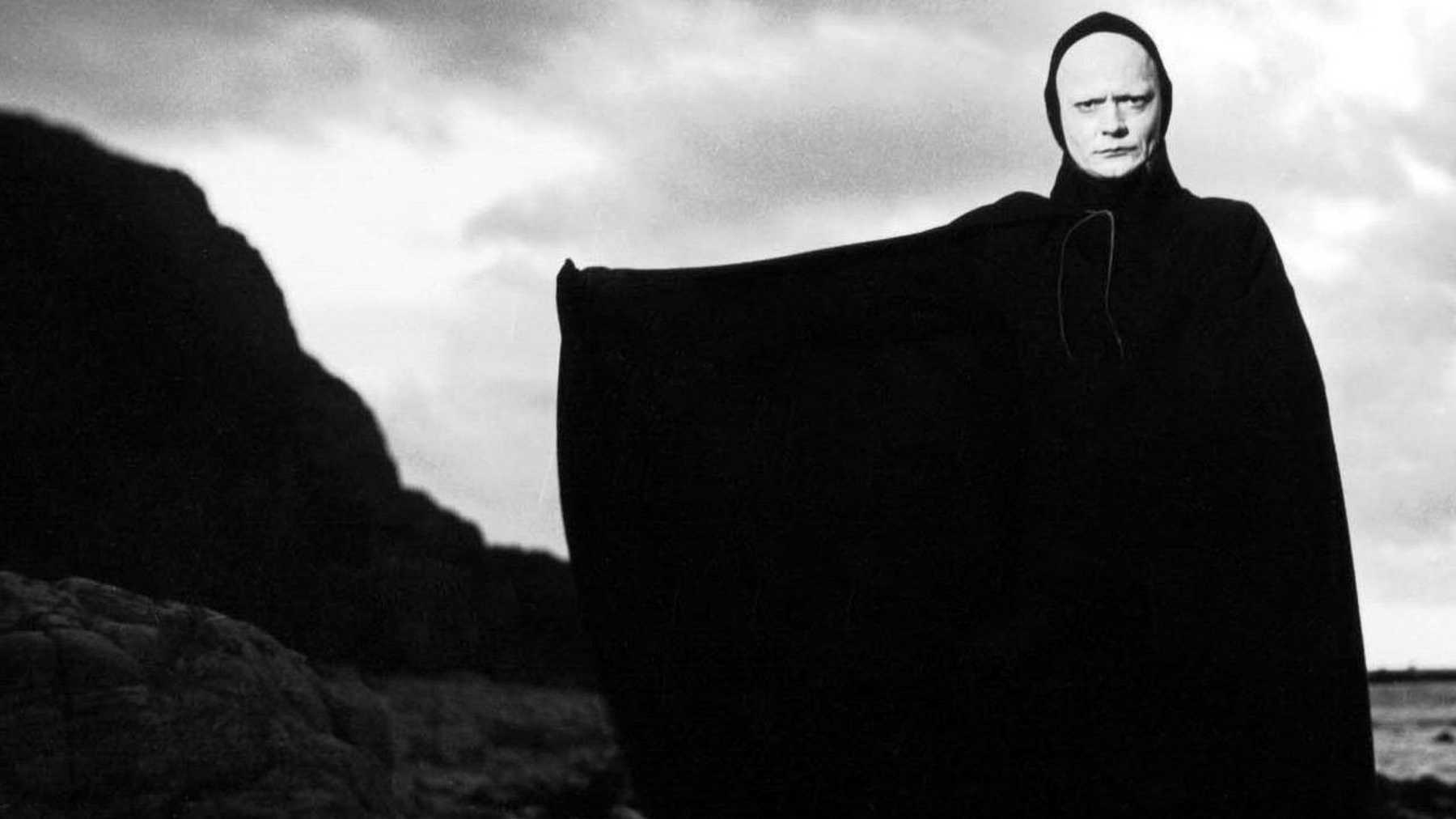
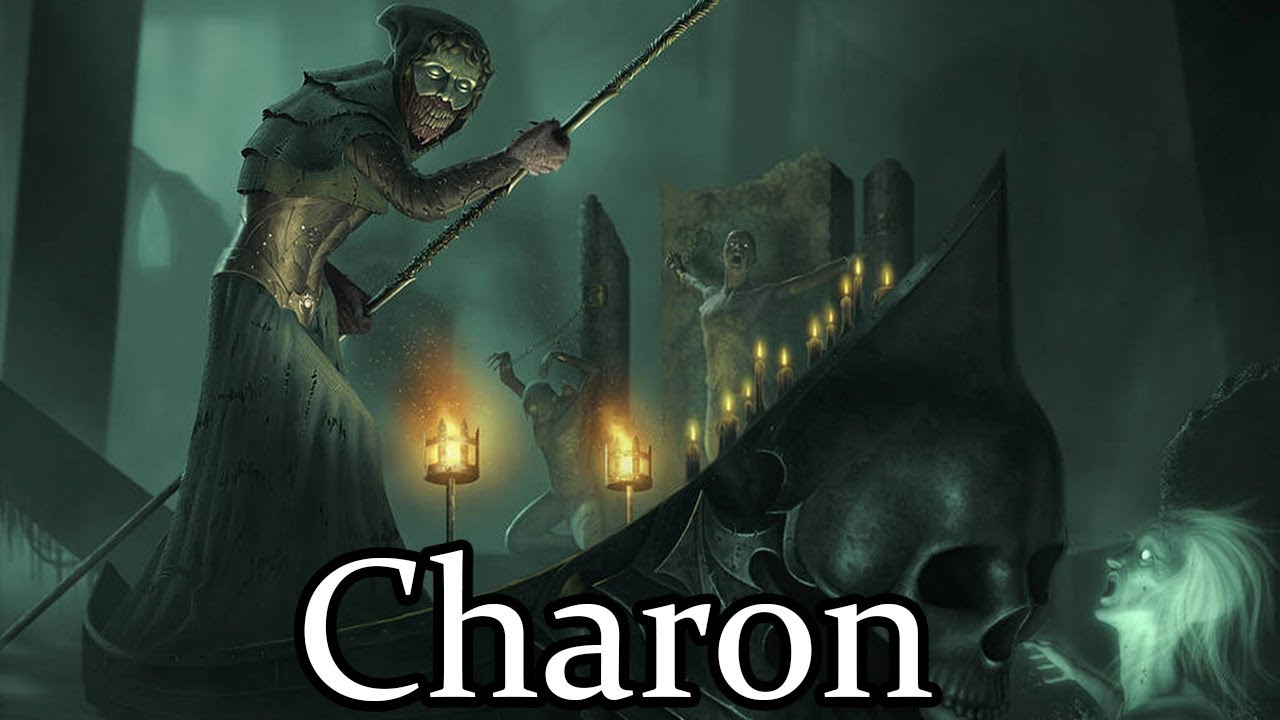
Images of end-of-life confrontations with death and the prospect of an unappealing afterlife are cultural constants but entertainingly diverse. The character of Death in Ingmar Bergman’s The Seventh Seal arrives along the shoreline. Although suitably sinister in his monk’s disguise, he is wiling to play chess, which the knight Antonius Block recognises both as a metaphor and diversion, allowing him to put his temporary reprieve to advantage.
More outwardly scary is Charon, the ferryman who carries souls across the river Styx to Hades in classical mythology. Spurious Games engages with both narratives. Does it matter what cultural narratives we live (or die) by? Are their imaginative claims on truth equally valid, or do we all suffer from mixed messages? When it comes to what happens beyond the grave, who has any opinion worth listening to?
Bishops of opposite colours
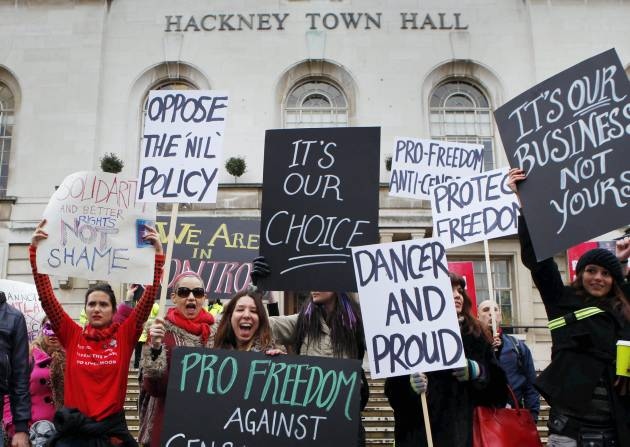

Demonstrations over strip and exotic dancing clubs expose ideological chasms in feminist thinking. Feminists tend to talk of the ‘movement’ in terms of ‘waves’, but at times a wave bounces back from the seawall and meets the next one coming in, leading to a dangerous peak and displaying a fragmented sisterhood. Women opposed to ‘male patriarchal phallocentic oppression’ and its manifestation in ‘gentlemen’s clubs’ openly face exotic dancers and sex workers claiming their political and personal rights as workers, both sides with banners aloft. And why have some strains of theoretical feminism co-opted Michel Foucault, whose views on S and M power games sit uneasily with honorary membership of the sisterhood?
Situational viewpoints: the forensic pathologist
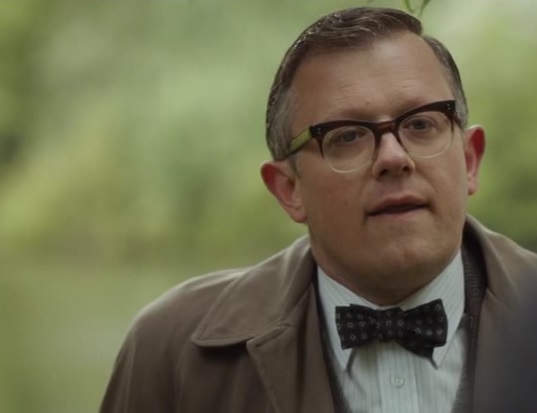
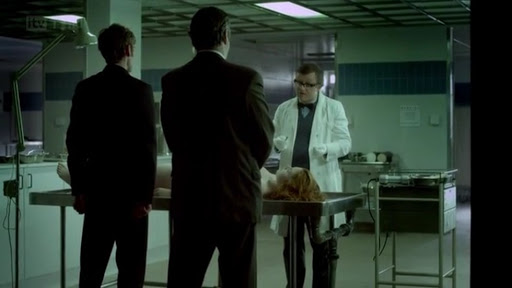
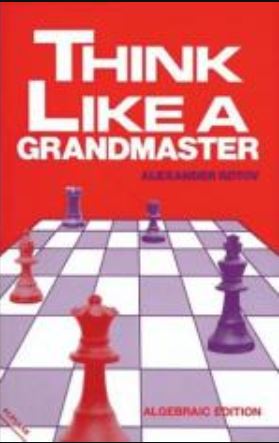
Chess is frequently used in fiction as a metaphor for life so it is perhaps not unreasonable to think of detective work as a series of examinable ‘candidate moves’, a key concept in one of chess’s canonical texts, Alexander Kotov’s Think Like a Grandmaster.
In citing the genre affiliation of Spurious Games to chess-themed literary crime fiction like Ronan Bennet’s Zugzwang and Arturo Perez-Reverte’s The Flanders Panel, we perhaps neglected to mention the classic music-loving Inspector Morse from the celebrated television series, who shares the novel’s depiction of its leading investigator as having a rich cultural and intellectual hinterland beyond police work.
CHESS PLAYERS
This third section of the Gallery requires little comment. It comprises a brief assemblage of image of Cornish chess players. They are not identified individually although some are a partial source for fictional characters in Spurious Games, not surprisingly given its subtext as an affectionate satire on Cornish chess.
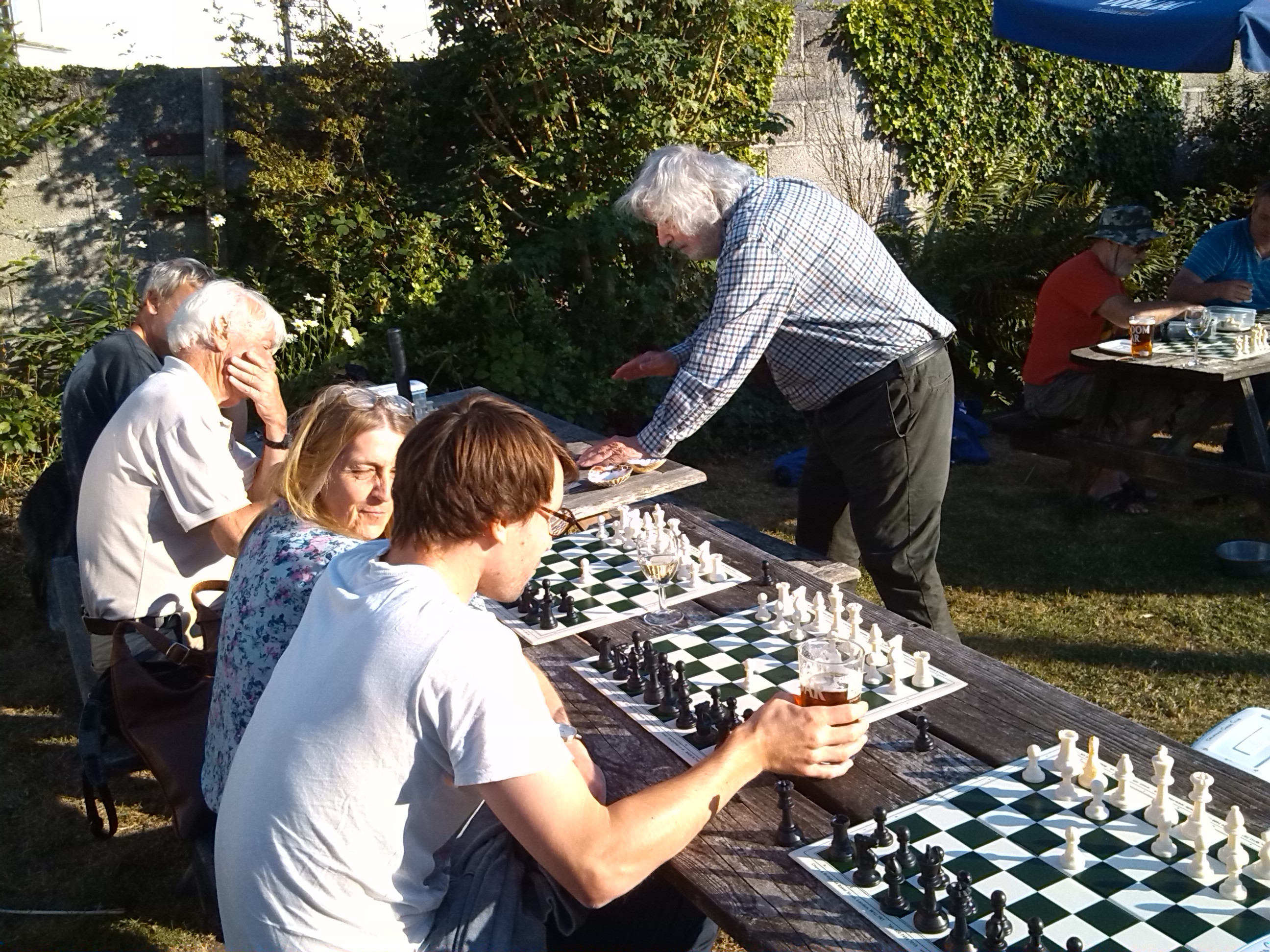
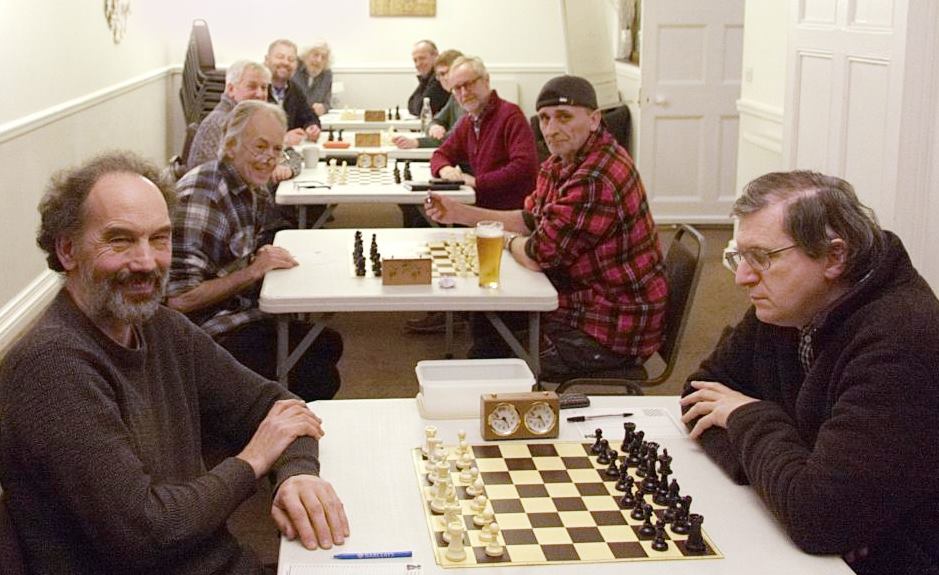
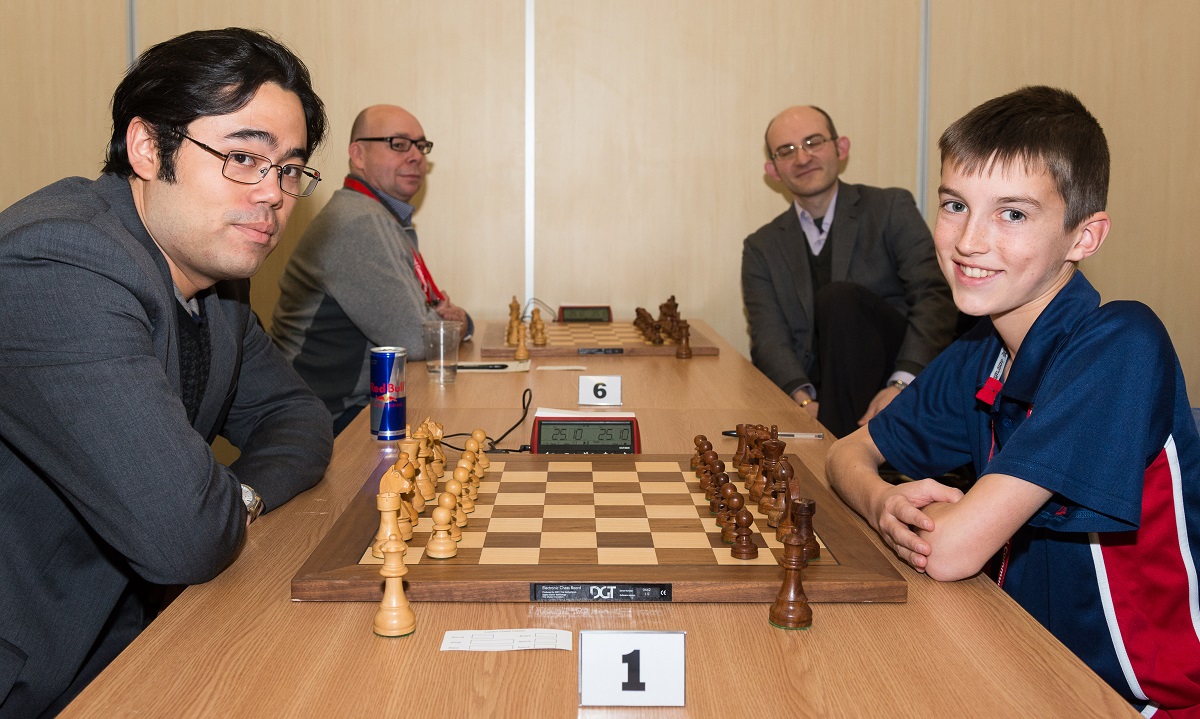
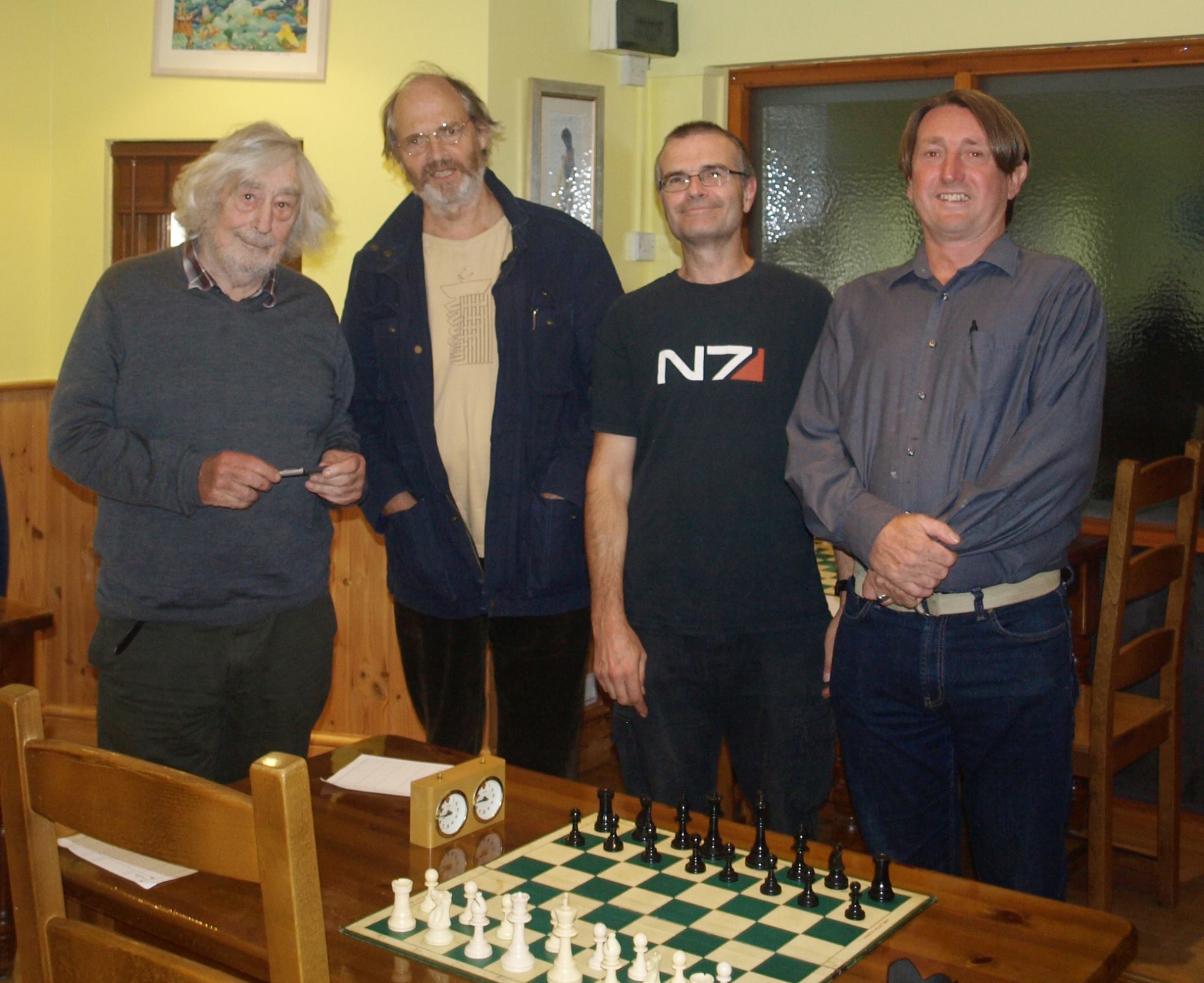
Does the abstract otherworldliness of chess and its ability to attract disproportionate absorption render it a mental health hazard? Can it drive the sane mad? Or perhaps keep the mad sane? Sometimes you can just tell by looking at them!
